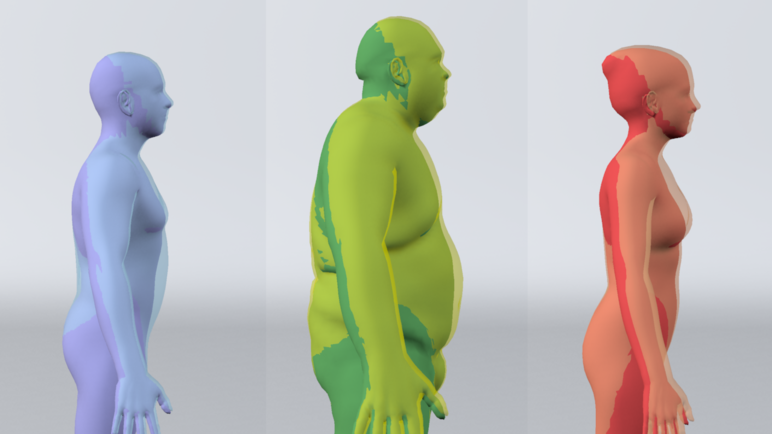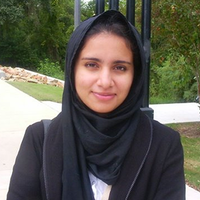Reinforcement Learning and Control
Model-based Reinforcement Learning and Planning
Object-centric Self-supervised Reinforcement Learning
Self-exploration of Behavior
Causal Reasoning in RL
Equation Learner for Extrapolation and Control
Intrinsically Motivated Hierarchical Learner
Regularity as Intrinsic Reward for Free Play
Curious Exploration via Structured World Models Yields Zero-Shot Object Manipulation
Natural and Robust Walking from Generic Rewards
Goal-conditioned Offline Planning
Offline Diversity Under Imitation Constraints
Learning Diverse Skills for Local Navigation
Learning Agile Skills via Adversarial Imitation of Rough Partial Demonstrations
Combinatorial Optimization as a Layer / Blackbox Differentiation
Object-centric Self-supervised Reinforcement Learning
Symbolic Regression and Equation Learning
Representation Learning
Stepsize adaptation for stochastic optimization
Probabilistic Neural Networks
Learning with 3D rotations: A hitchhiker’s guide to SO(3)
Modeling 3D Human Breathing

Modeling how the human body deforms during breathing is important for the realistic animation of lifelike 3D avatars. We learn a model of body shape deformations due to breathing for different breathing types and provide simple animation controls to render lifelike breathing regardless of body shape. We capture and align high-resolution 3D scans of 58 human subjects. We compute deviations from each subject’s mean shape during breathing, and study the statistics of such shape changes for different genders, body shapes, and breathing types. We use the volume of the registered scans as a proxy for lung volume and learn a novel non-linear model relating volume and breathing type to 3D shape deformations and pose changes. We then augment a SCAPE body model so that body shape is determined by identity, pose, and the parameters of the breathing model. These parameters provide an intuitive interface with which animators can synthesize 3D human avatars with realistic breathing motions. We also develop a novel interface for animating breathing using a spirometer, which measures the changes in breathing volume of a “breath actor.”
Members
Publications


